Back in September 2017 I ventured down to Virginia to give a presentation to the Brandy Station Foundation. The day before, I climbed aboard Clark “Bud” Hall’s little red pickup that definitely could and did, along with friend Craig Swain, for a tour of the Brandy Station Battlefield and environs. For those who are unaware, Bud is the authority on, and savior of, the battle and battlefield. At one point we stopped on Beverly’s Ford Road at the site where on June 9, 1863, Lt. Henry Cutler of the 8th New York Cavalry became the first man KIA in the Gettysburg Campaign (read about it here). And there Bud snapped this overwhelmingly handsome photo of Craig (R) and me (L):
Well, NoVa, like many other places, has been getting a whole lot of rain this Spring, and this past weekend Mr. Hall sent me this photo of the effects of the rain and waterway flooding at this particular site:
In this next photo, also provided by Mr. Hall, you can see the residual indication (the “mud-line”) of the extent of the flooding of nearby Ruffin’s Run:
Craig commented on this last photo: “Wow! That demonstrates well the difficulties faced just crossing a small stream. Think back to the cavalry raid in conjunction with the Chancellorsville Campaign. I think many historians wave off the impact of heavy rains and focus on the mistakes made (by Stoneman and others). Yet they don’t see the realities that faced Stoneman.”
Pretty much every account I’ve read on Stoneman’s Chancellorsville operations make a note of the heavy rains, and pretty much all of them ultimately discount them. All too often post-mortem analysis of operations (not just this particular operation) revert to what I’ll call theory, despite giving lip service to practical difficulties. I’m reminded of a passage I’ve quoted before (here, precisely), concerning theory and “the friction of war.” This is from the official British military history of the Allied operations at Salerno, Italy, in 1943, as provided in Rick Atkinson’s The Day of Battle (bold underline mine):
In the land of theory…there is none of war’s friction. The troops are, as in fact they were not, perfect Tactical Men, uncannily skillful, impervious to fear, bewilderment, boredom, hunger, thirst, or tiredness. Commanders know what in fact they did not know…Lorries never collide, there is always a by-pass at the mined road-block, and the bridges are always wider than the flood. Shells fall always where they should fall.




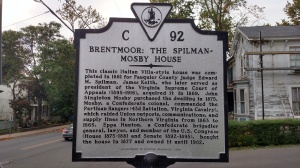
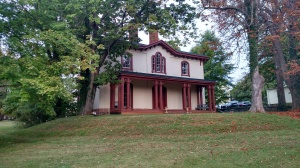


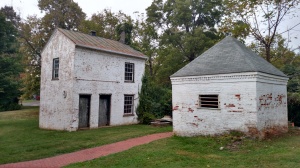

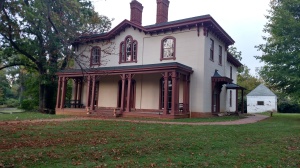




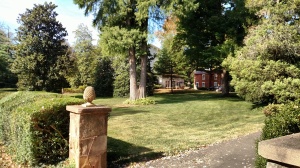
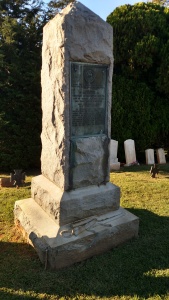
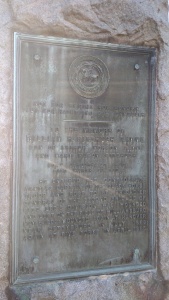




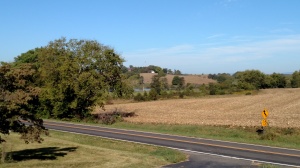

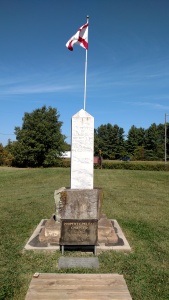



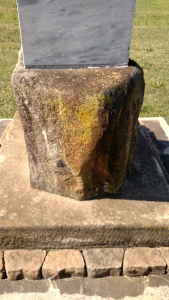

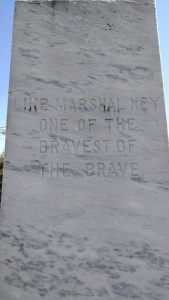
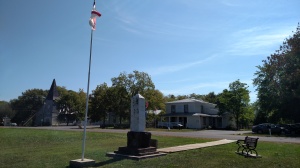
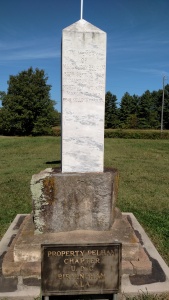

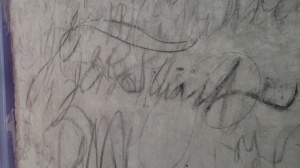

Recent Comments